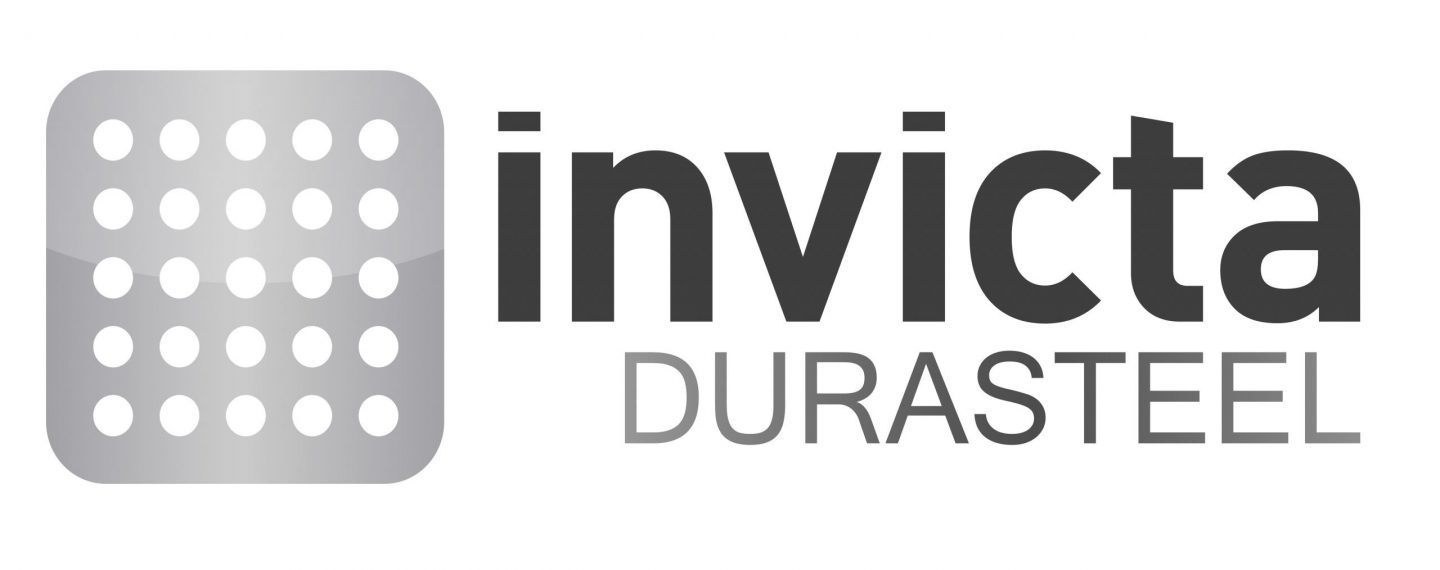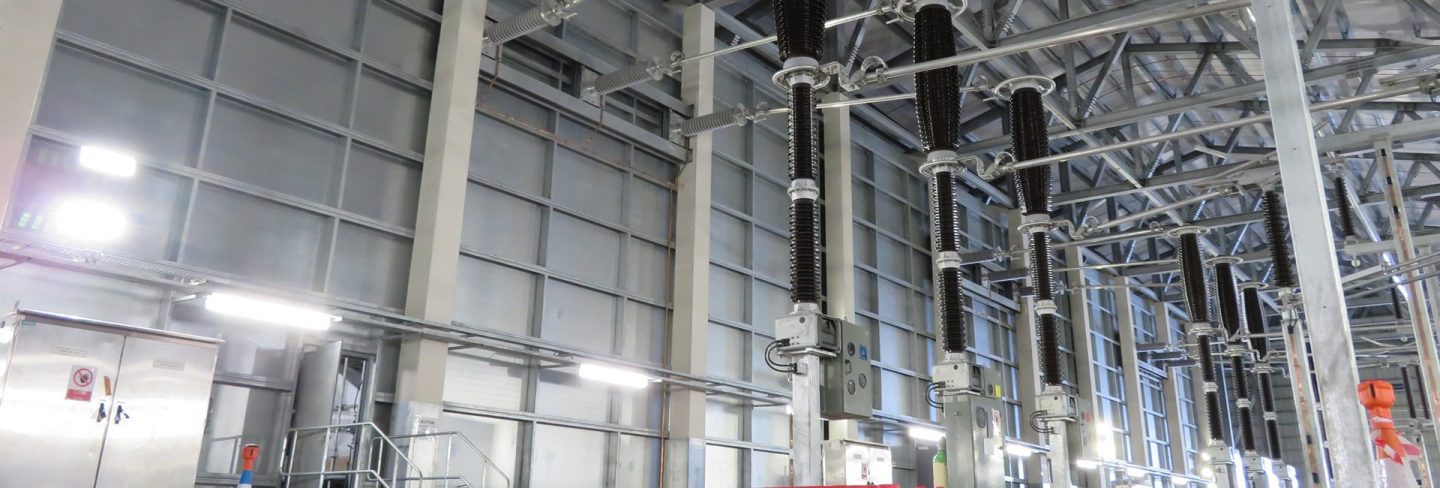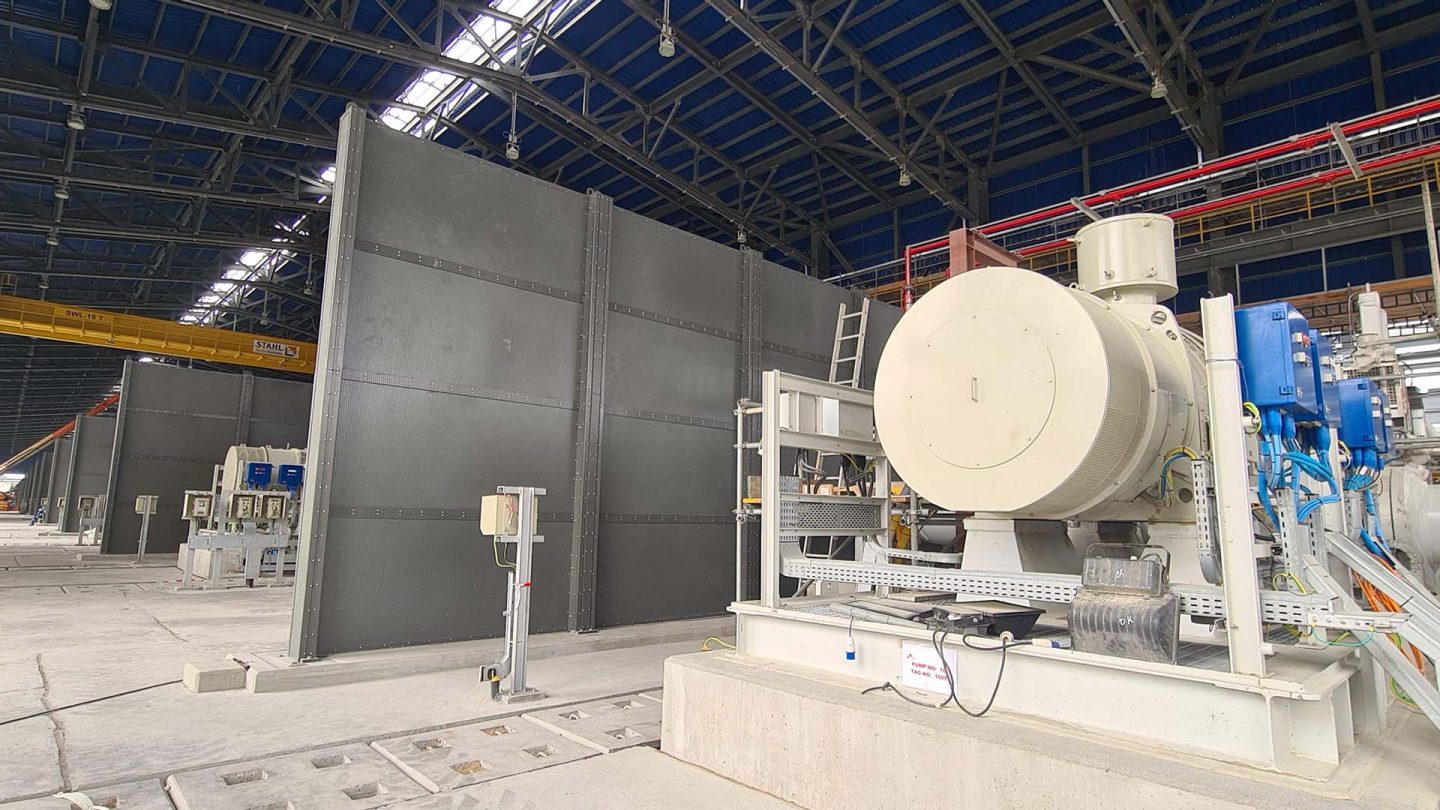For your information
You are being redirected to one of our divisional subsites which contains more detailed information on the required division. To navigate back to the main Invicta Group site, please click the link found in the footer at the bottom of the page.
- Durasteel
Discover the benefits of Durasteel
- Systems
Systems
- Expertise
Expertise
-
Applications
- Aircraft Hangar Fire Protection
- Battery Storage Facilities
- Building Fire Compartmentation
- Anti-Terrorist Blast Protection
- Cable Tunnel Fire Compartmentation
- Equipment Delivery Hatches
- Equipment Enclosures
- Heat Shields
- Power Station Fire Protection
- Metro and Rail Fire Protection
- High Voltage Cable Protection
- Substation Fire & Blast Protection
- Tunnel Fire Protection
- Oil & Gas Fire & Blast Protection
- Ventilation Systems
- Wind Farm Fire Protection
-
Applications
- Projects
- Insights
Insights
-
Articles
- Blast Protection System Design Considerations & Design Criteria
- How to Conduct a Fire Risk Assessment for Factories and Warehouses
- Minimising the Risk of Fire, Blasts & Explosions in the Middle East
- Integrity, Stability and Insulation in Passive Fire Protection
- Triangle of Fire & Active vs Passive Fire Protection
- Frequently Asked Questions
- A to Z of Terms
-
Articles
- Contact
Contact

UK +44 1843 220 256

US +1 305 328 9444

UAE +971 4 277 6225

Qatar +974 4441 4340

India +91 79945 14049

Malaysia +60 16 286 6225
- Start your project
Extreme weather highlights a growing threat to businesses
17th March 2022
Weathering the storm
Quick Quote
Contact Fraser Shearer Sarun Vysakham Ben Tan Anand Raghavan Anand Raghavan Our USA Office
To get a quotation or arrange a free site survey - Call Fraser Shearer Sarun Vysakham Ben Tan Anand Raghavan Anand Raghavan Our USA Office on
-
 UK
UK
-
 UAE
UAE
-
 Malaysia
Malaysia
-
 India
India
-
 Qatar
Qatar
-
 USA
USA
Current location:
Quick Quote
Contact Fraser Shearer Sarun Vysakham Ben Tan Anand Raghavan Anand Raghavan Our USA Office
-
 UK
UK
-
 UAE
UAE
-
 Malaysia
Malaysia
-
 India
India
-
 Qatar
Qatar
-
 USA
USA
Current location:
While the summer is drawing to a close in the northern hemisphere, the wildfire season has yet to abate. A series of devastating fires in the United States and Europe has claimed yet more lives, and laid waste to thousands of hectares of land.
What this and other extreme weather events show is not just the ongoing effects of climate change, but an urgent need to rethink building protection. What we thought we knew about the limits of extreme weather is being tested on a monthly basis — and a radical rethink is required to save property and lives.
Extreme events
California has always suffered from seasonal wildfires, but the last few years have broken all records in terms of the scale and extent of the devastation. Wildfires have destroyed more than 3600 square miles and over 3200 structures so far in 2021, and look set to exceed even last year’s severity. The Dixie fire is not expected to be under control until the end of October, despite already being the second wildfire in California history to destroy more than one million acres of land.
Though less prevalent in terms of media coverage, Spain has been similarly struck by recent wildfires. After a spate of wildfires in August last year, the latest claimed almost 20,000 acres of land, and forced the evacuation of more than 2600 people. Mercifully, it has now been suppressed by the combined efforts of firefighters and inclement weather – though not without the death of one emergency worker.
At the other end of the United States, a different form of extreme weather has battered the beleaguered citizens of New York. Torrential downpours from Hurricane Ida led to flash flooding that claimed at least 50 lives, with dramatic footage of basements flooding in minutes, and water cascading down subway tunnels and pouring onto trains. More flooding is predicted in the coming months, and city leaders are scrambling to improve infrastructure and flood protections in order to cope.
Taking stock
For most of us, wildfires exist outside of the scope of our everyday experience. The issue is an easy one to delineate: if you’re in an area prone to wildfires, you should already have the training, protocols and protection to limit damage to your property, and evacuate safely if the need arises. The same goes for anyone in an area prone to flooding, or any other meteorological conditions.
What’s worrying though is not that the occurrence of wildfires is becoming more common, but that their range and threat is increasing. This is not only putting a new onus on businesses, institutions and homeowners to protect themselves against fire, but also exposing people to risk who would normally have been outside of threatened areas. This is true not just in typical wildfire areas like California, but all over the world.
At the same time, other extreme weather events are posing new issues. Flooding from sudden downpours, flooding rivers and tidal events is increasing, evidenced not just by the deadly floods in New York, but also devastating floods in Northern Germany. As a result of climate change, hot areas are both getting hotter on average and experiencing sudden cold snaps, while the reverse is occurring in colder areas.
The new normal
All of these events tear up the rulebooks that have been written and internalised over decades, or even over the course of hundreds of years. For building managers and other individuals in charge of building design, disaster planning, mitigation and recovery, there is a very real prospect that wildfires, arson, flooding, earthquakes and other issues will all pose an escalating threat – and a new challenge for individuals and businesses that have never had to deal with them before.
Incontrovertible evidence points to climate change as the root cause for this unpredictable, extreme weather, and businesses must do all they can to limit their environmental impact. But these events also highlight a growing impetus to conduct planning and risk assessments for extreme weather events, and even general increases and decreases in temperatures. The changes in weather could not only affect your property, but also employees, whether they are stuck working on untenable temperatures or unable to make it into work.
Businesses should look at their provisions for fire protection and inclement weather, and establish how they might be affected by changes in expected temperatures, as well as the growing propensity for extreme weather. This could include everything from implementing new passive or active fire protection systems, to changing the way volatile materials are stored, to altering policies for working outdoors, or attending work in poor weather. What’s important is that we collectively start to look beyond what’s ‘normal’, and towards what could be on the horizon.
—
Climate change is something tangible that affects all of us, and urgent action is required not just to stymie and limit its effects, but to protect businesses against increasingly severe environmental conditions.
By acting now to identify potential weaknesses in policies and structures, businesses can secure their property against growing risks – ensuring compliance with any future legislation, and protecting employees while they are at or commuting to work.
Accreditations & Affiliations











SpecUp - System Specification Wizard
Answer the 5 short questions below to receive your recommended Durasteel system specifications. Hover over the ? icons for a brief explanation.
Question 1/5
Type of system required?
Question 2/5
Fire rating required?
Question 3/5
Fire integrity-only or integrity and insulation?
Question 4/5
Fire attack risk from one side or both sides of the system?
Question 5/5
Blast rating required in addition to fire rating?
Creating your results page
Thanks for completing the SpecUp, you’ll be redirected to your results shortly.
Click here if you aren't redirected after a few secondsStart your project
Tell us about your project. Please complete this form. One of our sales team will come back to you with more details. If you prefer, you can drop us an email.




Share/Like this page